Sativa vs. Indica, Hybrid and Ruderalis: What is the difference between the types of cannabis?

Every single year, we see another few states (and a couple of countries) legalizing everyone's favorite plant, both recreationally and medicinally. With this rapid shift comes not only increased scientific access to cannabis but also a stark difference in the base ganga knowledge of the general public.
Gone are the days when your average grower was happy to bag a couple of beans of unknown origin, drop them in a pot, and hope for the best. The same can be said for the everyday cannasseur - with so many options now available legally, even my god-fearing grandmother has some modicum of understanding when it comes to Sativa vs Indica (and all the rest).
But is what we have all been told actually true?...
- Are Sativa cultivars always going to offer up a more cerebral, heady experience?
- Are plus 25% THC Indica strains always going to offer the hazy, sedative-inducing high that we have been groomed to know and love?
- And what about Hybrid and Ruderalis varieties - where do they fit into this equation?
- Can the overall chemical structure (the terpene and cannabinoid profile) of a particular strain tell us more about its effects than just the simple "Indica vs Sativa" labels
What is the Difference Between the Effects of Each Type of Cannabis?

If you have ended up here, there's a pretty good chance that you not only know about the differences between Sativa and Indica effects but, that you have also experienced them (many times). Indica strains do tend to give more of a body high, making you feel relaxed and sleepy. Sativa strains, on the other hand, are known for their creativity-boosting and energizing effects.
The anecdotal evidence is, at this point, overwhelming.
But as scientists dig just that little deeper into cannabis, they are finding that the “Indica vs Sativa” debate is not as black and white as we once thought.
While there are huge biochemical differences in the crazy world that is modern weed strains, all cannabis plants (Indica, Sativa, Hybrids, and Ruderalis) come from the same species - Cannabis Sativa L.
Think of it like this...
Chihuahuas and Pitbulls are both dogs. They are both part of the same species, and as such, they can make babies (Hybrids). But if you ask one hundred people to describe the differences between a Chihuahua and a Pitbull, most will answer that one is small and yappy while the other is big and aggressive. But the truth is...there are good-natured, happy little Chihuahuas out there, as well as soft, protective Pitbulls.
Anyway, we are getting a little off-track.
Let's quickly run through the generally accepted differences between Indica, Sativa, Ruderalis, and Hybrid cannabis cultivars.
Indica
- Indica strains are thought to typically have relaxing and sedative effects.
- Because of this they are often recommended for evening use to help users unwind and prepare for sleep.
- They offer a nice body high characterized by physical relaxation and tranquillity.
- Medically used to manage conditions like insomnia, chronic pain, appetite issues, and anxiety.
- Often prescribed for evening use.
Sativa
- Sativa strains are thought to typically have a more uplifting and energizing effect.
- Because of this they are the preferred choice for daytime where users claim that they increase focus, creativity, and productivity more than Indica strains.
- Offers a cerebral high that affects mood and perception.
- Medically used to treat conditions like depression, fatigue, and ADHD.
Hybrid
- As the name suggests, hybrid strains are a cross between Indica and Sativa plants.
- The effects of hybrids can vary massively depending on the specific genetics of the strain.
- Some hybrids may lean more towards an Indica or Sativa-dominant effect, while others may offer a balanced mix of both types.
- Medical use can vary depending on the specific effects of the strain.
Ruderalis
- Ruderalis is a lesser-known type of cannabis that is typically lower in THC and higher in CBD compared to Indica or Sativa strains.
- It is known for its auto-flowering characteristic, meaning it will start flowering without needing a certain light schedule like other types of cannabis.
- You will almost never see a pure Ruderalis strain on the market - they have been interbred with Sativa, Indica, and Hybrid strains thanks to their autoflowering characteristics.
Now that we have a basic understanding of the effects and characteristics of each type of cannabis, it's important to note that these classifications are based on the plant's physical appearance and growth patterns (which we will go over a little further down in this article), not necessarily its chemical composition.
Cannabis plants produce hundreds of different compounds called cannabinoids and terpenes, each with its own unique effects and benefits. The ratio and levels of these compounds vary between strains, even those classified as Indica or Sativa.
Each weed strain contains its own cannabinoid and terpene "profile", and it is looking more and more likely that these profiles may be more indicative of a strain's effects than its physical classification.
What You Need to Know to Understand How the Effects Occur
Cannabinoids
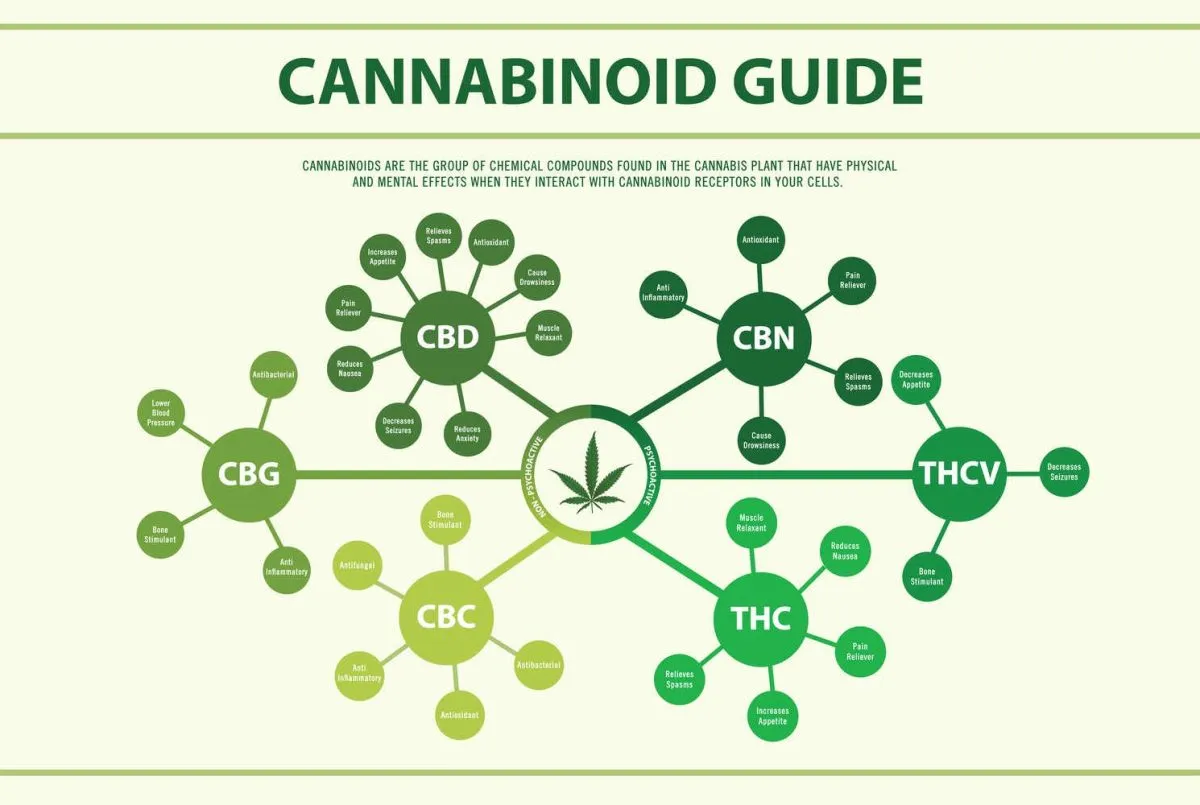
Cannabinoids are the chemical compounds found in cannabis that interact with the human body's endocannabinoid system. They are able to do this because we humans also produce cannabinoids (called endocannabinoids) in our bodies - which is why cannabis has such a profound effect on us.
The two most well-known cannabinoids are THC (tetrahydrocannabinol) and CBD (cannabidiol).
- THC is the primary psychoactive compound in cannabis, responsible for the "high" sensation. It can alter perception, mood, and cognition, making it a significant factor in the effects of different strains. It also comes with a range of medicinal applications, primarily for pain and inflammation relief.
- CBD is non-psychoactive, meaning it does not produce a "high" like THC. However, it is known to counteract some of the negative effects of THC, such as anxiety and paranoia. It also has a range of potential therapeutic benefits, including reducing seizures and inflammation.
The ratio of THC to CBD in a strain will significantly influence its effects. And then there are the 'minor' cannabinoids (CBN, CBG, THCV, etc.) that also play a part in the overall effect. There is one slight problem, though - we do not have a full understanding of these compounds yet. Thankfully, research is underway, and in the next few years, we will hopefully have a much better understanding.
But it isn't just about the cannabinoids. Another important factor in determining a strain's effects is...
Terpenes
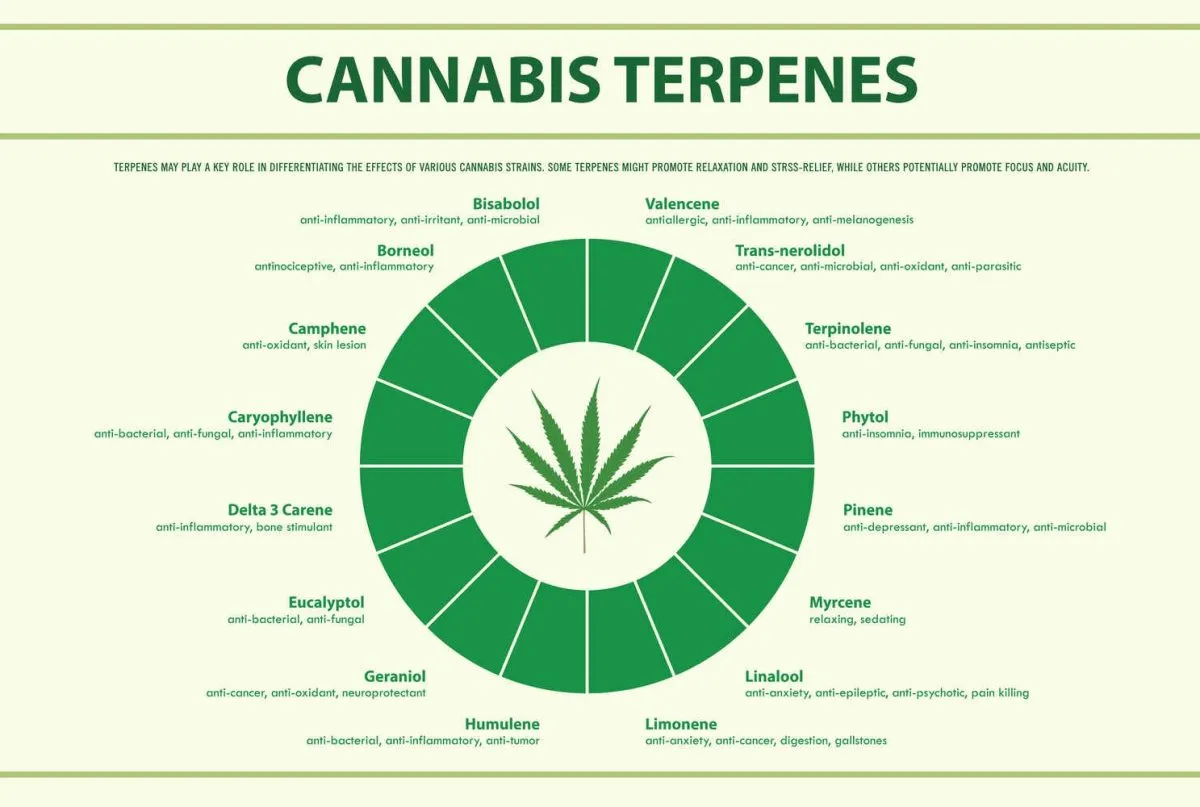
Terpenes are aromatic compounds found in plants, including cannabis. They give each strain its unique smell and taste, but they also have their own individual effects. In fact, terpenes may play a more significant role in a strain's effects than previously thought. Some terpenes are known to have sedative effects, while others can be uplifting or improve focus.
The presence and levels of specific terpenes in a strain can significantly influence its overall effect. This is known as the entourage effect - where the combination of cannabinoids and terpenes work together to create a unique and potent effect.
- Myrcene is the most commonly produced terpene in the cannabis world. It has a musky, earthy scent and is known for its sedative effects, enhancing the relaxing properties of Indica.
- Limonene, which has a citrusy aroma, is often present in Sativa strains. It is associated with uplifting and mood-enhancing effects, potentially enhancing Sativa's energizing properties.
- Caryophyllene has a spicy, peppery scent and is unique for its ability to interact with cannabinoid receptors. It is found in both Indica and Sativa strains and can contribute to pain relief and anti-inflammatory effects.
Understanding the terpene profile of a strain can help users find the right cannabis for their desired effects, whether it be relaxation, energy, or pain relief.
What is the Difference Between Indica, Sativa, Hybrid, and Ruderalis Plants?
Ok, so while I have spent the past hour or so carefully explaining why all weed strains come from the same genus, and why there is controversy around classifying them as Indica or Sativa, these are still useful terms, especially when discussing plant morphology and preferred climates.
Each type of cannabis plant has distinct physical characteristics and growing requirements. Understanding these differences can help growers choose the right options for their cultivation setup.
Indica
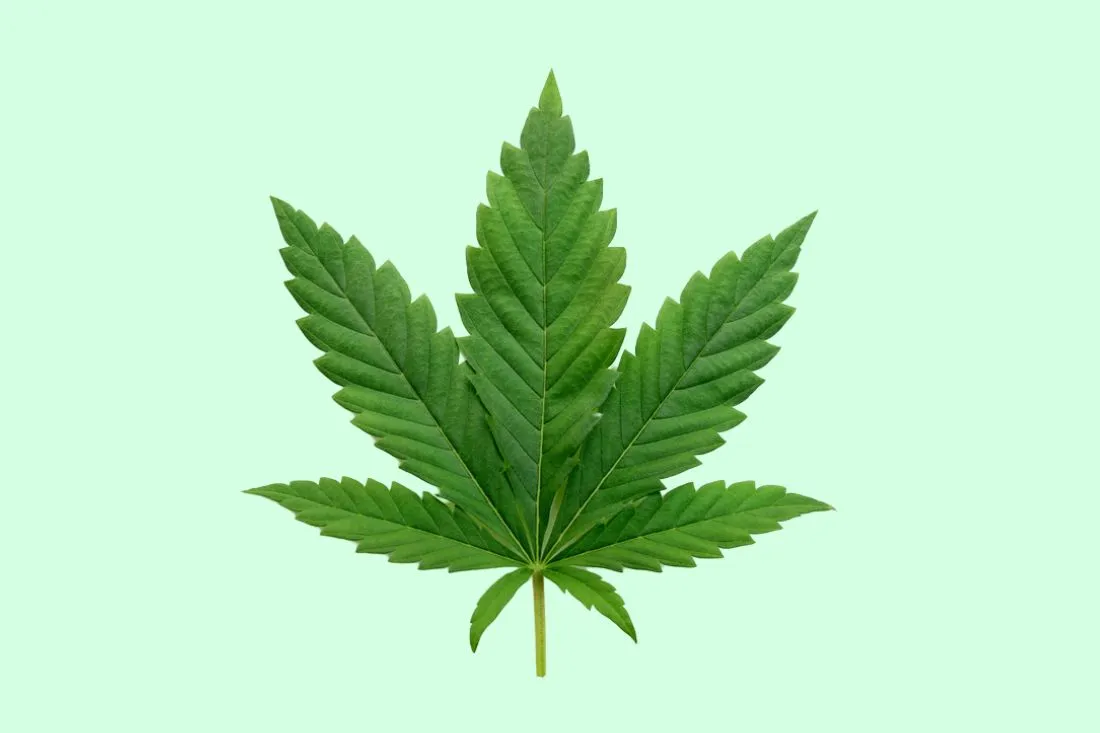
- Origins: Indica strains are believed to have originated in the Hindu Kush region of Afghanistan and Pakistan.
- Plant Structure: Indica plants with broad leaves are typically short and bushy, with extremely dense bud structure.
- Potency: Indica strains are known for their high THC content, contributing to their strong sedative effects.
- Typical Effects: Indica strains produce a body high, promoting relaxation, pain relief, and sleep.
- Growing: Indica plants have a shorter flowering time (usually between 8 and 10 weeks), making them ideal for growers who want quicker harvests. They thrive in cooler climates and require less space.
Sativa
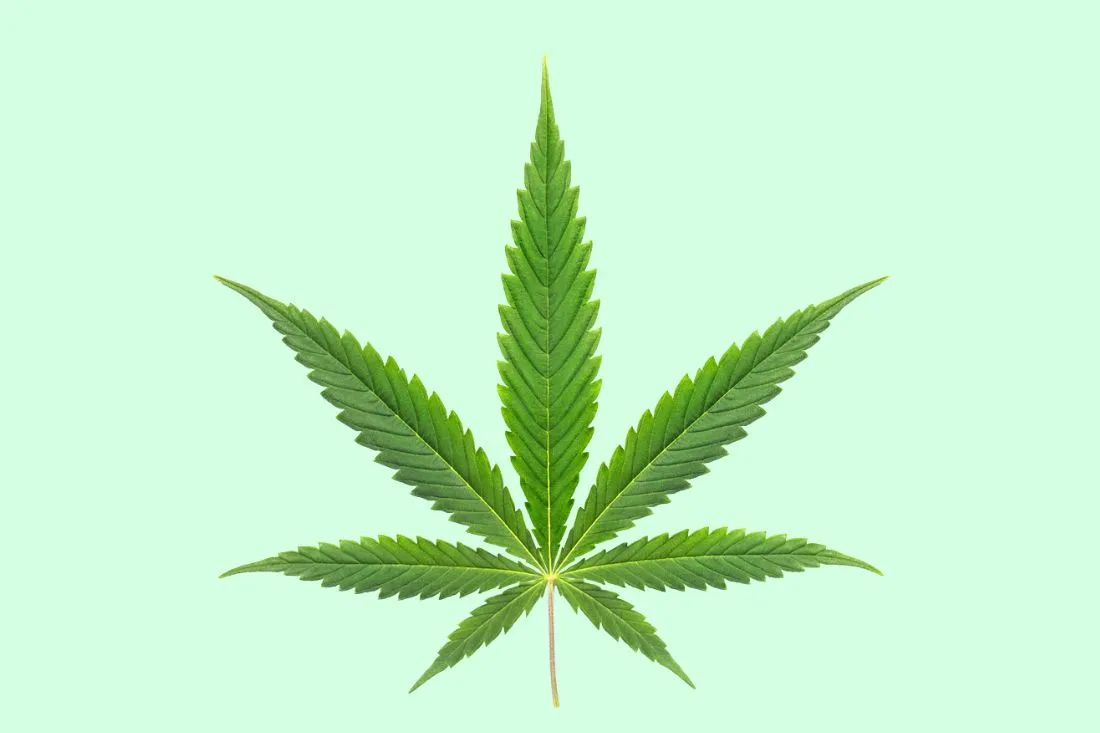
- Origins: Sativa strains are native to equatorial/tropical regions, such as Central America, Southeast Asia, and Africa.
- Plant Structure: Sativa plants are tall and slender, with narrow leaves. They require more vertical space if left untrained, making them better suited for outdoor cultivation.
- Potency: The original landrace Sativa strains were some of the first to be cultivated for their psychoactive effects.
- Typical Effects: Sativa strains produce a cerebral high, enhancing creativity, focus, and energy.
- Growing: Sativa plants have a longer flowering period (11 to 14 weeks) and thrive in warm, tropical climates. They are more resistant to mold due to their open bud structure.
Hybrids
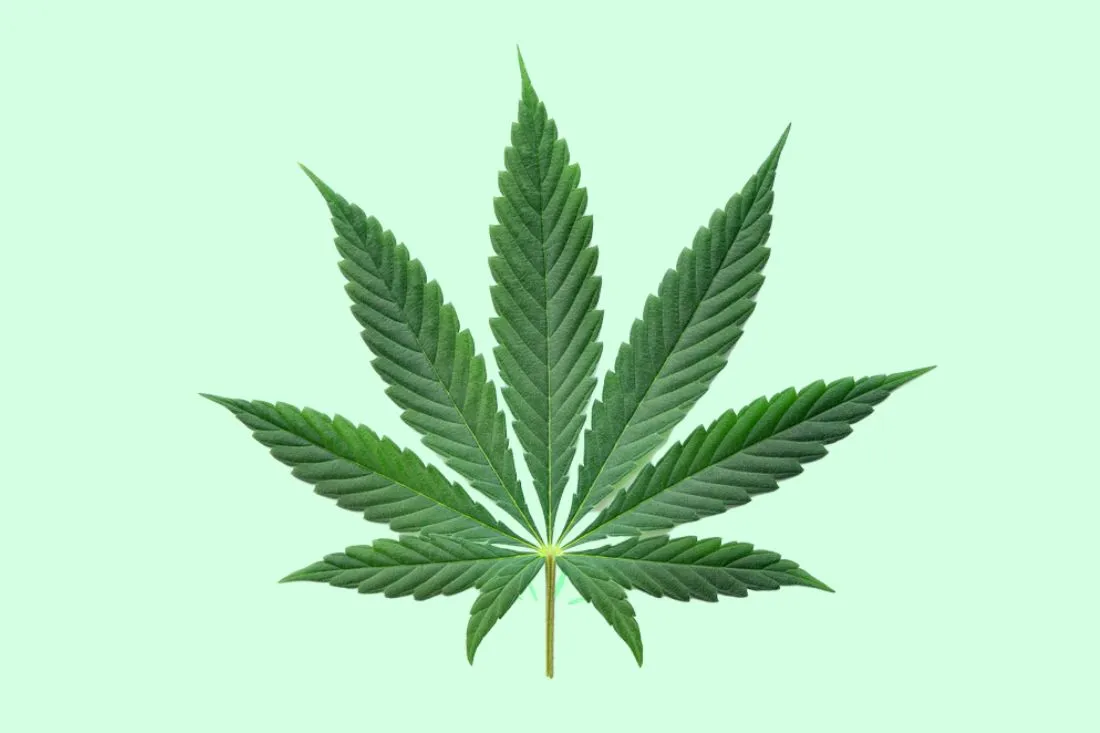
- Origins: Hybrids are created by crossbreeding Indica and Sativa strains to achieve a plant with selected effects and growing characteristics.
- Plant Structure: The structure of hybrid plants can vary depending on their genetic makeup. They may exhibit traits from both Indica and Sativa parents.
- Potency: Hybrid strains can have varying levels of THC and CBD, offering a balanced experience tailored to specific needs.
- Typical Effects: Hybrids can have effects ranging from relaxing to uplifting, making them versatile for both recreational and medical use.
- Growing: Hybrids can offer the best of both worlds, with manageable height and balanced flowering times. They can adapt to various growing conditions, making them a flexible choice for growers.
Ruderalis
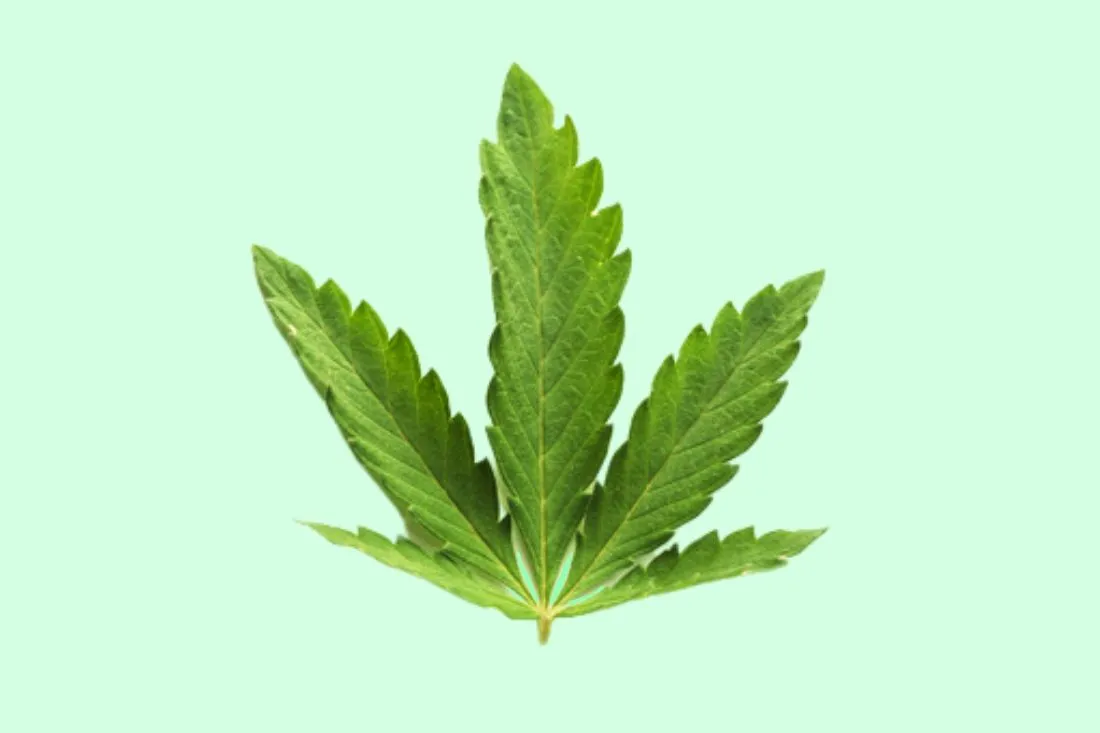
- Origins: Ruderalis strains are native to regions with harsh climates, such as Russia and Central Europe.
- Plant Structure: Ruderalis plants are small and sturdy, with thick stems and small leaves. They are highly resilient and can thrive in challenging environments.
- Potency: On their own, Ruderalis strains have very low THC levels compared to Indica and Sativa. However, in the past 30 or so years, they have been interbred with Sativa and Indica plants to create potent auto-flowering hybrids.
- Typical Effects: Ruderalis strains are less commonly used for their effects due to their lower potency. They are primarily valued for their auto-flowering trait.
- Growing: Ruderalis plants are auto-flowering, meaning they flower based on age rather than light cycles. This can simplify the cultivation process and lower the barrier of entry for beginner growers.
Is There a Better Way To Classify Weed Strains?
Maybe, but it also comes with certain pitfalls...
In recent years, we have seen a shift towards strains being classed more as:
- High THC
- High CBD
- Balanced THC/CBD
While this shift is a move towards a (very slightly) more scientific view of cannabis, it can still be misleading.
Such classifications completely ignore the importance of terpenes.
Dr. Ethan Russo, a neurologist and leading cannabis researcher, put it this way when asked in a 2016 interview:
"The sativa/indica distinction, as commonly applied in the lay literature, is total nonsense and an exercise in futility. One cannot in any way currently guess the biochemical content of a given Cannabis plant based on its height, branching, or leaf morphology. The degree of interbreeding/hybridization is such that only a biochemical assay tells a potential consumer or scientist what is really in the plant. It is essential that future commerce allows complete and accurate cannabinoid and terpenoid profiles to be available."
(Piomelli and Russo, 2016b)
But with this shift has also come much more readily available information regarding the terpene profiles and a change in the pothead community from "I'm looking for the most potent strain" to "I'm looking for a specific terpene/cannabinoid profile."
In the next few years, expect to see more personalized, data-driven classifications that take into account not only the THC and CBD levels but also the terpene profile of each strain.
FAQ
What is stronger, Indica or Sativa?
Classically, Indica strains did have higher THC content, making them stronger in terms of sedative effects. However, the potency of Sativa strains can vary, offering a different type of strength related to mental clarity and energy.
And in this brave new world of weed, we can't really say that Indica strains are stronger than Sativa, as there are just so many different factors at play, including terpene profiles and individual tolerance levels.
Are Ruderalis strains less potent?
Yes, Ruderalis strains are less potent than Indica and Sativa strains due to their lower THC levels.
But that doesn't mean that modern autoflowering options won't blow your socks off. There are a bunch of autos on the market that tip the 25% THC mark these days.
Are Sativa strains an upper or downer?
Sativa strains are sometimes considered "uppers" as their accepted range of effects is more uplifting than what we expect from an Indica-heavy cultivar.
Does Sativa or Indica give you more of the munchies?
Both Sativa and Indica strains can stimulate appetite, but Indica strains are more commonly associated with increased hunger due to their sedative and relaxing effects. And don't forget how good food tastes when you’re high! That shift in perception can also contribute to the munchies.
Does Sativa or Indica make you sleepier?
Indica strains are more likely to make you sleepy due to their sedative properties. They are often prescribed as evening strain options to manage insomnia and promote relaxation.
Conclusion
So, as we can now clearly see, the differences between the various types of weed plants go far beyond just their names and origins. There is much more to the equation than simply choosing between Indica or Sativa.
Fortunately, for us who love growing the green stuff and the science behind it, the cannabis industry is constantly evolving. With that comes more information on terpene profiles and what makes each strain unique.
Next time someone asks you if you prefer Sativa or Indica, remember that it's not just about the high or potency - there's a whole world of genetic diversity waiting to be explored.
-
20+ Years Experience
Over 500K seeds sold worldwide
100K+ Happy Customers -
Germination Guaranteed
Complete satisfaction or we will replace your order -
Dutch and USA Genetics
Master breeders inspiring strains from across the world -
1-5 Day Delivery - Guaranteed
Free Express Shipping to the US, Canada and UK








